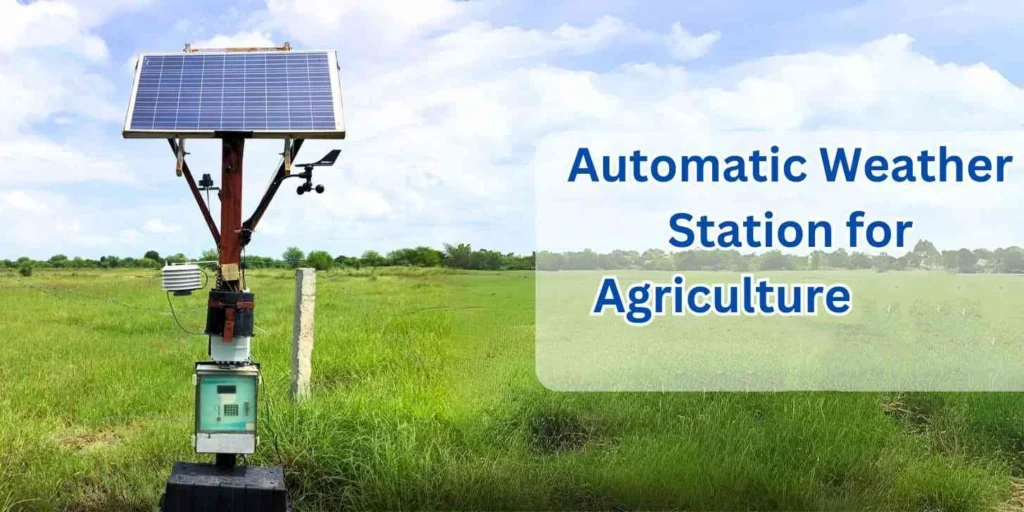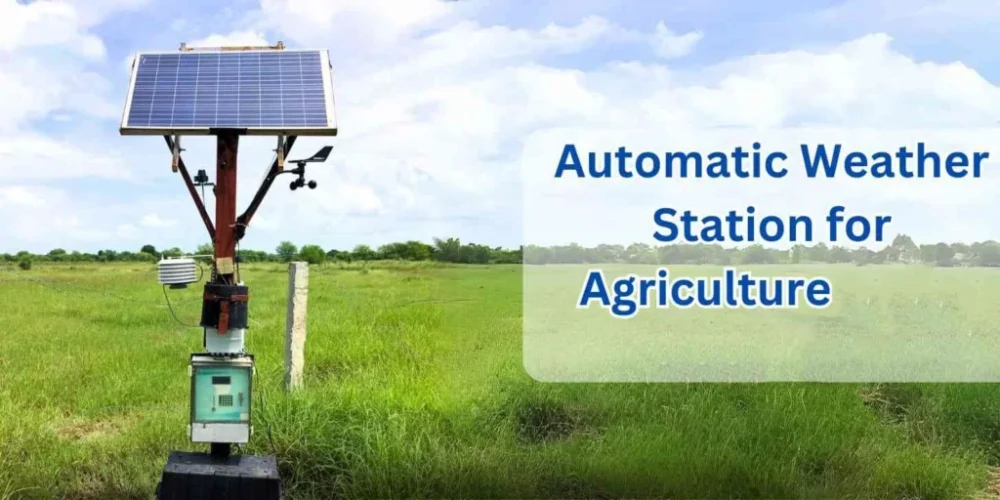
# Automated Weather Station: Revolutionizing Meteorological Data Collection
## Introduction
In the ever-evolving world of meteorology, the Automated Weather Station (AWS) has emerged as a game-changer. These sophisticated systems are transforming the way we collect, analyze, and utilize weather data, providing unprecedented accuracy and efficiency in meteorological observations.
## What is an Automated Weather Station?
An Automated Weather Station is a self-contained system designed to measure various atmospheric parameters without human intervention. These stations typically include sensors for:
– Temperature
– Humidity
– Wind speed and direction
– Atmospheric pressure
– Precipitation
– Solar radiation
## Key Features of Modern AWS
Modern Automated Weather Stations boast several advanced features that set them apart from traditional weather monitoring systems:
– Real-time data collection and transmission
– Remote accessibility and control
– High precision sensors
– Energy-efficient operation
– Robust construction for harsh environments
– Integration with IoT platforms
## Applications of Automated Weather Stations
The versatility of AWS has led to their widespread adoption across various sectors:
### Agriculture
Farmers rely on AWS data for precision farming, irrigation scheduling, and crop protection.
### Aviation
Airports use AWS to monitor runway conditions and ensure safe takeoffs and landings.
### Renewable Energy
Wind and solar farms utilize AWS data to optimize energy production and predict output.
### Disaster Management
AWS play a crucial role in early warning systems for severe weather events.
## Benefits of Using Automated Weather Stations
The implementation of AWS offers numerous advantages:
– Continuous, reliable data collection
– Reduced human error in measurements
– Cost-effective long-term operation
– Enhanced data accuracy and resolution
– Improved weather forecasting capabilities
– Better understanding of climate patterns
## Challenges and Future Developments
While AWS have revolutionized weather data collection, there are still challenges to address:
– Maintenance in remote locations
– Data security concerns
– Integration with legacy systems
– Power supply in off-grid areas
Future developments in AWS technology are focusing on:
– Enhanced AI and machine learning capabilities
– Miniaturization of components
– Improved energy harvesting techniques
– Greater interoperability with other systems
## Conclusion
Automated Weather Stations have become indispensable tools in modern meteorology, offering unparalleled capabilities in weather data collection and analysis. As technology continues to advance, these systems will play an increasingly vital role in our understanding of weather patterns and climate change, ultimately contributing to better decision-making across various industries and improving our ability to predict and respond to weather-related challenges.
Keyword: automated weather station
